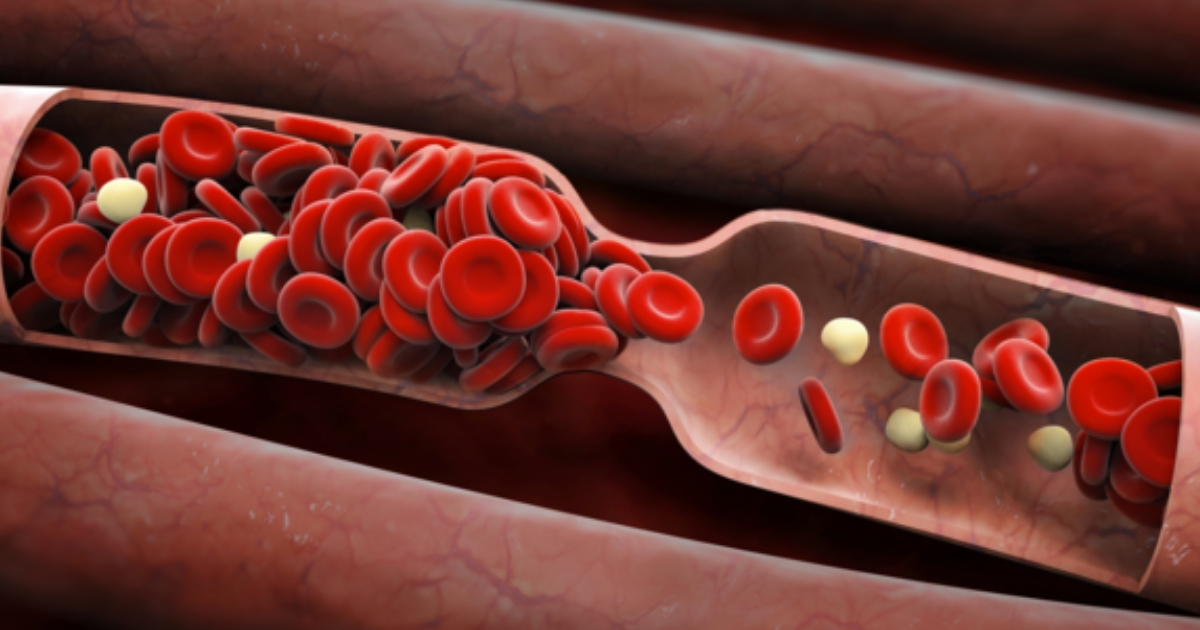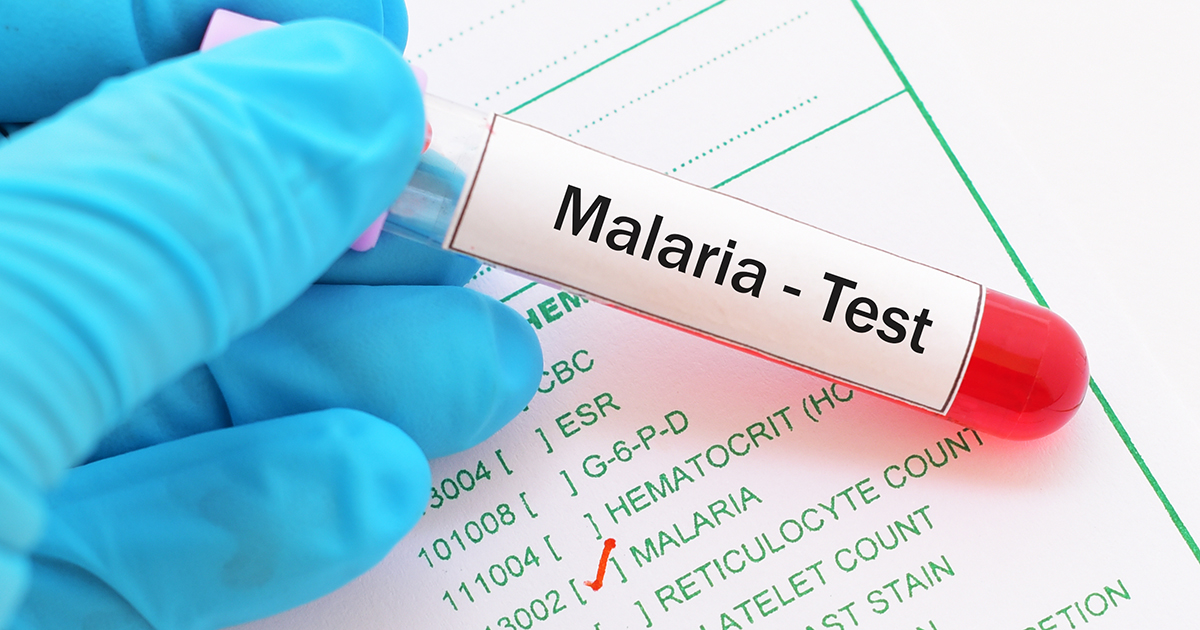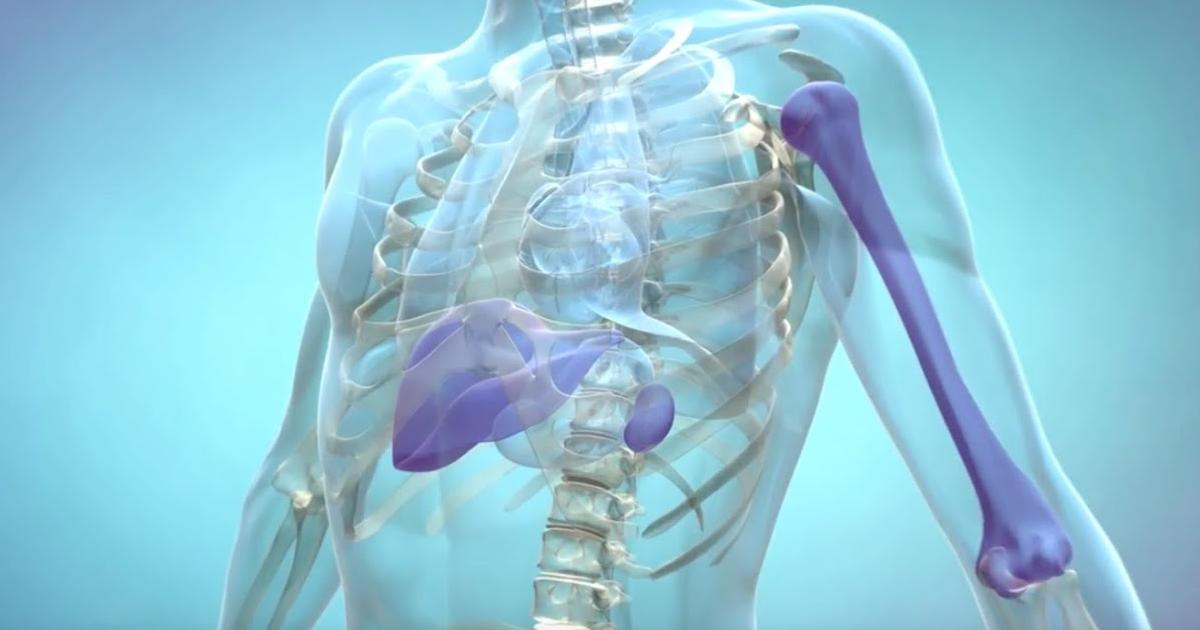Potential Causes And Risk Factors For An Enlarged Spleen
The spleen is a spongy, violet-red smallish organ on the left side of the abdomen, just below the diaphragm, behind the ribcage and a little behind the stomach. Though individuals can live without their spleen, its job is to clean toxins from the blood and store healthy red blood cells. The spleen also shunts blood to the liver. The spleen usually can’t be felt when a doctor palpates the area, and it’s considered enlarged when it can be felt. An enlarged spleen is called splenomegaly, and while it’s not a disease in itself, it’s an indication there’s a problem somewhere in the body.
Here are some causes of an enlarged spleen.
Cirrhosis Of The Liver

Cirrhosis of the liver is serious scarring of the liver due to a variety of liver diseases, alcohol abuse, or other conditions. Symptoms of cirrhosis are silent in the early stages, but as the disease progresses the patient is constantly tired and weak, has little appetite, loses weight and is nauseated. Their legs or abdomen (including the spleen) may swell, and they bruise and bleed easily. Since the liver also removes toxins from the body, they might notice changes to their skin such as jaundice, the yellowing of the whites of the eyes and the skin. They may also develop white nails and red palms, spider veins, and severe itching. Some cirrhosis patients also have trouble remembering or concentrating.
Learn more about what can cause an enlarged spleen now.
Blood Clots Or Pressure Near The Spleen

Another reason for an enlarged spleen is blood clots or pressure near the spleen. These abnormalities can be caused by cancer that started in another part of the body and spread to the spleen. A cyst, a benign fluid-filled sac, can also put pressure on the spleen and cause it to enlarge Untreated infections can set up abscesses near or in the spleen. This happens when a cavity fills up with pus. Blood clots can be caused by injuries to the spleen, which can result in enlargement. Some diseases and infections, including mononucleosis, malaria, and toxoplasmosis, also cause blood clots to form in the spleen.
Uncover details on more causes and risk factors for an enlarged spleen now.
Hemolytic Anemia

In hemolytic anemia, something causes the destruction of red blood cells before they can be replaced. Some types of this disorder are inherited, while others are caused by bacterial or viral infections, blood cancers such as leukemia and autoimmune diseases such as rheumatoid arthritis. Certain drugs, such as those that treat malaria, can also destroy red blood cells before the body can replace them. The spleen itself may be overactive and can be destroying the blood cells. This can mean an enlarged spleen as well. The artificial valves placed in some heart disease patients can damage the blood cells. Other individuals experience hemolytic anemia when they have a transfusion of the wrong type of blood.
Get more information on the causes of an enlarged spleen now.
Parasitic Infections

Parasitic infections have also been known to cause the spleen to enlarge. Among the parasites that attack the spleen are those that cause toxoplasmosis, malaria, leishmaniasis, and trypanosomiasis. Toxoplasmosis is usually asymptomatic in healthy adults, but is caught when individuals eat undercooked meat infested with the cysts of the parasite. Malaria is caused by the Plasmodium parasite, which is introduced into the body through the bite of an Anopheles mosquito. Leishmaniasis is caused by Leishmania parasites and is spread through the bite of species of sandflies, and trypanosomiasis is spread by the bite of a tsetse fly. Another type of trypanosomiasis called Chagas disease is contracted when an individual is bitten by 'kissing bugs,' which get their name because they bite individuals on the face.
Discover more reasons for an enlarged spleen now.
Gaucher's Disease

Type 1 Gaucher’s disease is the kind responsible for an enlarged spleen. Fortunately, it is a rare disease that only affects about six thousand individuals in the United States. It occurs when an individual inherits a mutated gene from both parents. The Type 1 form of the disease is the most common. Besides having an enlarged spleen, Gaucher’s disease patients bruise and bleed easily because they have an abnormally low amount of blood platelets, which are small bodies that form blood clots at the site of an injury. The blood supply to the bones of Gaucher's disease patients is insufficient, which leads to pain, deformity, weakening and degeneration in their bones. This makes them more at risk of fractures.